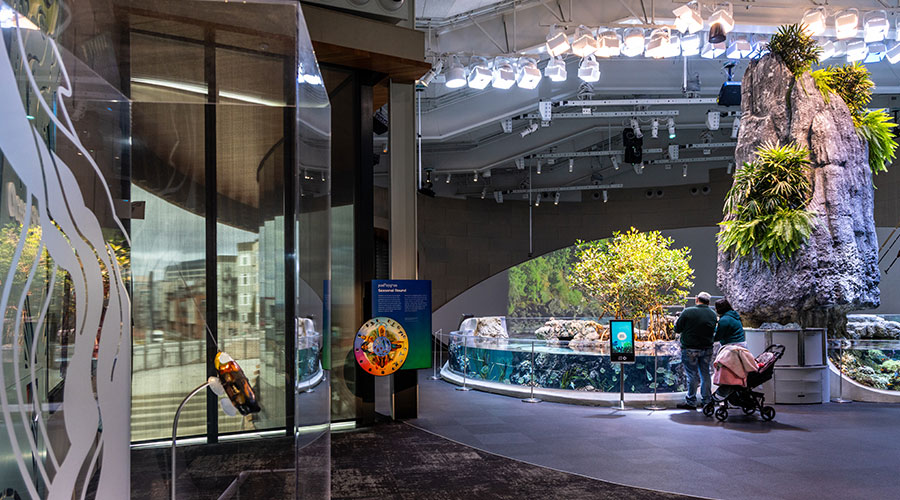Lighting Controls: A Look at Daylight Harvesting
Daylighting is going mainstream, and daylight harvesting — the energy-saving lighting control strategy that makes daylighting more sustainable — is beginning to catch up. Of particular interest is the fact that daylight harvesting is transitioning.
It is going from a practice encouraged by energy programs to one required by energy codes and standards — not just California's Title 24, but the International Energy Conservation Code (IECC) 2009 and, likely, ASHRAE 90-1.2010, as well.
Daylight Harvesting
The value proposition for daylight harvesting is fairly simple: As daylight levels increase in a space, electric light levels can automatically decrease to maintain a target task-light level and save energy. Automatic daylight-harvesting control systems use a photosensor to measure light levels and signal a controller to dim or switch the lights in response to daylight.
A photosensor can include a light-sensitive photocell, input optics, and an electronic circuit that converts the photocell signal into an output control signal.
Photosensors can mount on walls or ceilings, and they can be a part of light fixtures. Technicians can install fixture-integrated sensors as part of the original fixture or later in the field by attaching them to a lamp via a clip and wiring them directly to the ballast.
As daylight harvesting grows in importance, photosensors are becoming more sophisticated. But managers must beware: No existing standard defines the way photosensors should operate.
"Studies have shown the importance of using daylight-harvesting strategies in commercial spaces, particularly with the growing emphasis on architectural daylighting design, but have also illustrated the importance of choosing the right product for the application," says Daniel Trevino, LEED AP, daylighting product manager for WattStopper. "This helps maximize energy savings while avoiding user complaints."
Adds Bob Freshman, marketing manager for Leviton Lighting Management Systems, "Using the correct photosensor for a particular application is one of the most critical design aspects. The sensor that is used should be appropriate for the size of the space and the environment in which the sensor is located."
Related Topics:















